
Related video: Trump Says He’s Firing Fed Reserve Gov. Lisa Cook, Cook Says She Won’t Leave | SUNRISE
Last year, Democrats and their media mouthpieces engaged in a steady, months-long stream of accusations of wrongdoing by certain conservative Supreme Court justices. Democrats wanted to pressure those justices to resign or even to impeach them, so that then-President Joe Biden could replace them with leftists who would vote the way Democrats wanted on key political issues before the court.
At various times during Biden’s presidency, Democrats also talked about ramming through a law to add justices to the court, so that Biden or Kamala Harris (when she was a candidate) could appoint more of them to change the institution’s composition. Republicans loudly and correctly denounced Democrats’ court-packing efforts.
Now, it appears the scenario has flipped. President Trump and some in his administration are trying to do something similar, only to Federal Reserve Bank governors.
Court-packing was wrong when Democrats tried to do it, and Fed-packing is wrong when Republicans try to do it.
The term “court-packing” isn’t limited to an effort to increase the number of justices to sway the ideological balance. Rutgers Law School Professor David Noll explains, “it’s better understood as any effort to manipulate the court’s membership for partisan ends.”
Left-leaning media would run articles decrying supposed conflict-of-interest violations and other ethical lapses by Justices Clarance Thomas and Samuel Alito, the two oldest and most consistently conservative members. Democrats would then call for the justices’ resignations or investigations, or both.
But now Trump wants Federal Reserve Bank governors who will vote to significantly lower interest rates. He believes the lower rates will boost economic growth and the stock market, which (not coincidentally) might also help his approval ratings and Republicans’ electoral chances.
Lower interest rates could also reduce the government’s interest payments on its massive $37 trillion federal debt, which is only going up under the Trump administration.
Trump has spent months criticizing Fed Chairman Jerome Powell in the hope of pushing him out. When Powell refused to go, Trump claimed he had the right to fire Powell anytime he wanted. But the Supreme Court has cast doubt upon that claim. Trump can fire Powell “for cause,” which generally means gross misconduct, but not because Trump disagrees with Powell’s or the Fed’s policies.
So Trump accused Powell of mismanaging a $2.5 billion renovation project at the Fed. That effort has largely fallen flat — so far. But now Trump is targeting another Fed governor, Lisa Cook.
Bill Pulte, director of the Federal Housing Finance Agency, recently accused Cook of falsifying records to get favorable terms on mortgages, and referred the issue to the Justice Department. Trump has announced he is firing Cook. But as with the Supreme Court justices, there’s only an accusation of wrongdoing — and it may be politically motivated. Cook has responded that she has no intention of stepping down.
Given how many times Trump was accused of crimes he claims he hadn’t commited, it’s remarkable that he would politically convict someone before the issue has played out. But then, this isn’t about crimes — it’s about Fed-packing.
Even if Trump succeeds in firing Cook, it might not change the Fed’s interest-rate decisions. The Federal Open Market Committee that handles Fed policy decisions has changed its decision-making process over the years. But the modern structure has “12 voting positions … comprising the seven members of the Board of Governors and five of the 12 Federal Reserve Bank presidents.” Although all regional Fed bank presidents attend and participate in deliberations, only four of them vote, on a rotating basis. Only the seven governors are nominated by the president. Trump cannot change the 12 regional banks’ presidents.
Although the media frequently imply that Powell is the lone decider of Fed policy, 12 people vote, and there is a long history of consensus voting. As chair, Powell likely has additional sway over the committee, but he doesn’t make the decisions alone. Even if Trump could fire Powell and Cook, that’s two votes out of 12. Two board members are reportedly supporting a rate cut, but that’s not enough — even if Trump-advocate Stephen Miran takes a temporary seat on the board.
All these character attacks would be unnecessary if Trump’s tariffs weren’t putting upward pressure on inflation and downward pressure on employment. Price stability and maximum employment are the Fed’s two mandates. Some Fed members have indicated they likely would have cut rates already but are reluctant to do so if inflation is beginning to spike and job growth is declining. We’ll know more in a few months, but indications are that prices are going up and hiring is going down.
It’s hard to see Trump’s smear campaign as anything more than a desperate effort to gain control over the Federal Reserve Bank and its policymaking process — which is exactly what the Fed’s enabling legislation was intended to prevent.
Republicans fought to preserve the Supreme Court’s independence from Democratic control. Now they need to fight to preserve the Fed’s independence from Republican control.
Merrill Matthews is a co-author of “On the Edge: America Faces the Entitlements Cliff.”
Copyright 2025 Nexstar Media, Inc. All rights reserved. This material may not be published, broadcast, rewritten, or redistributed.
For the latest news, weather, sports, and streaming video, head to The Hill.
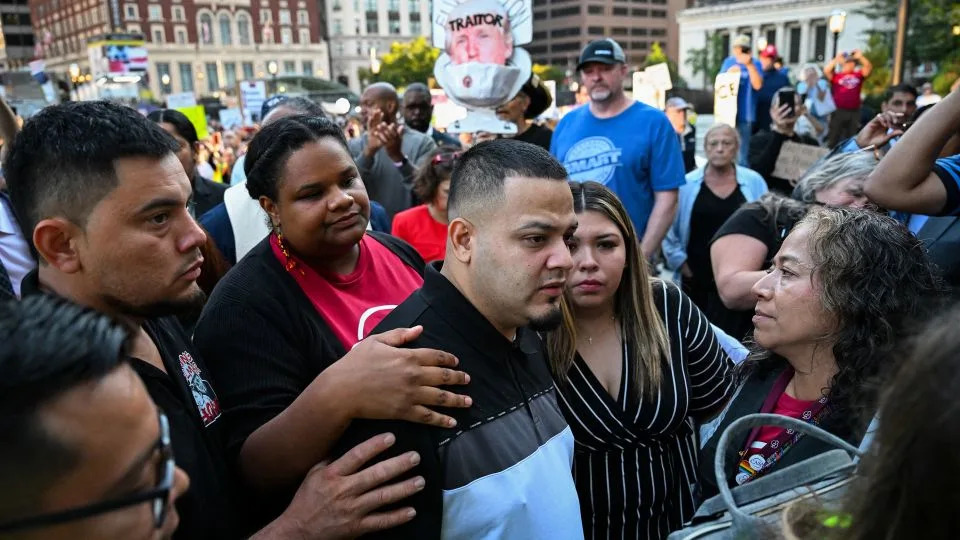
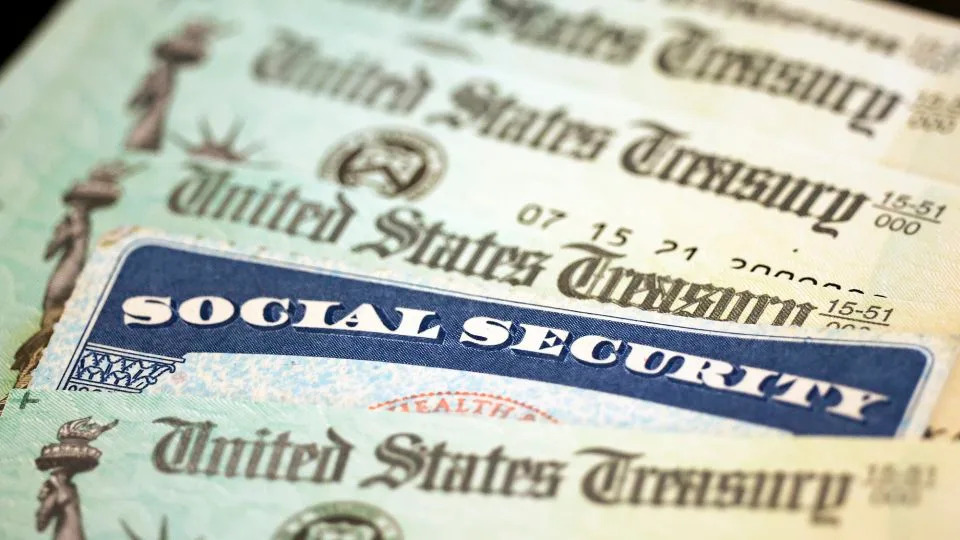
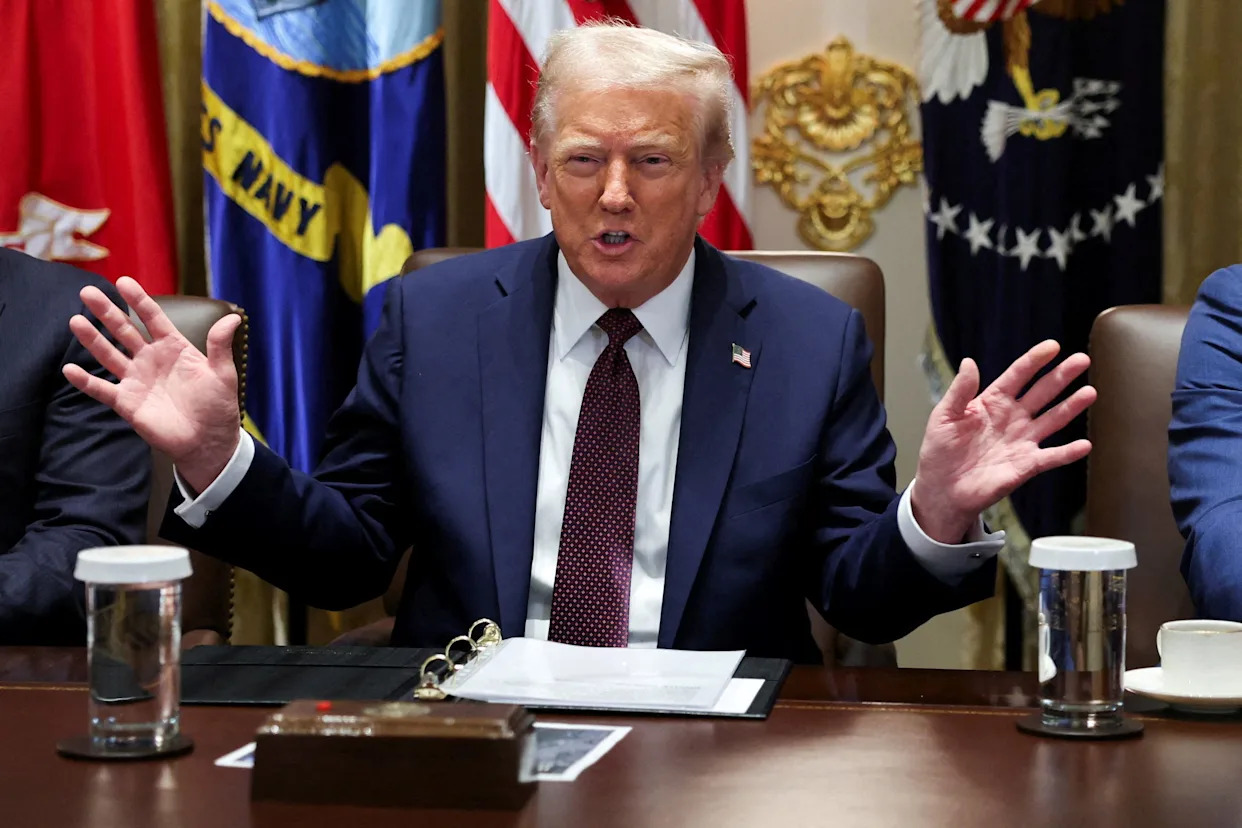
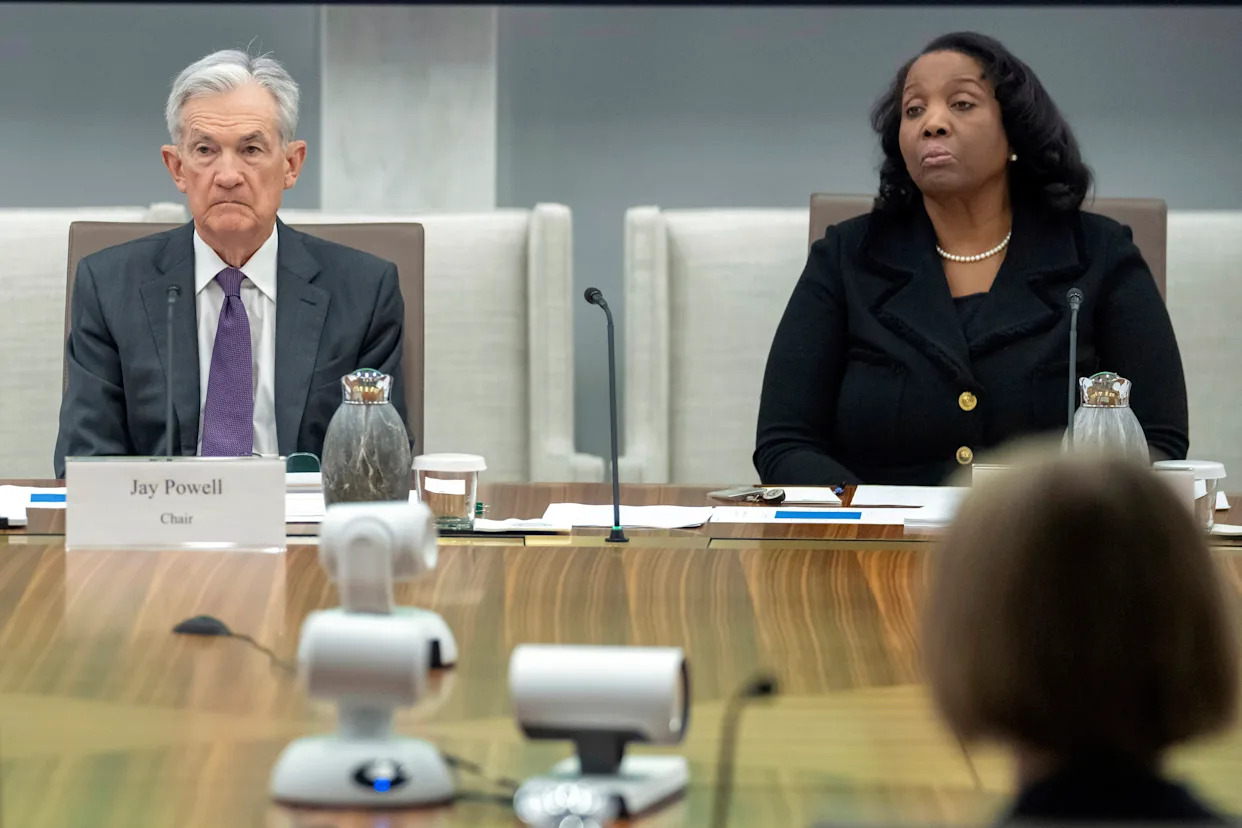
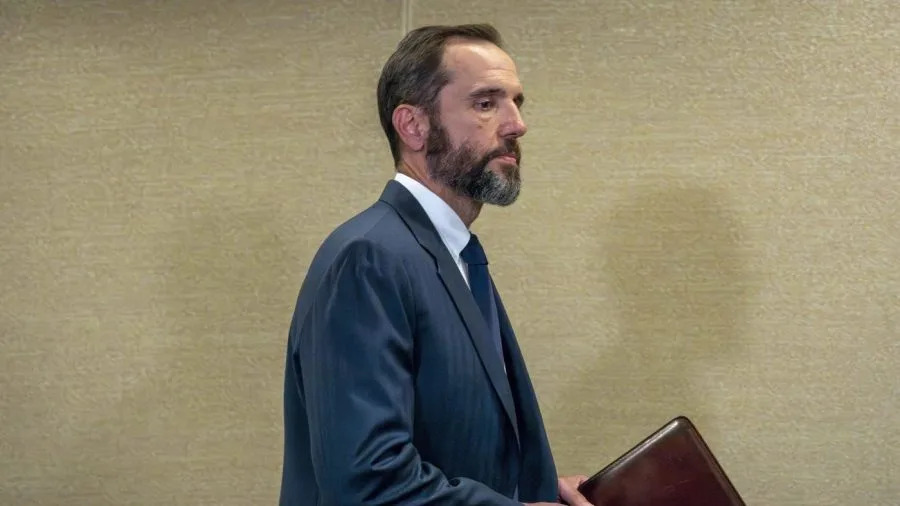



Comments